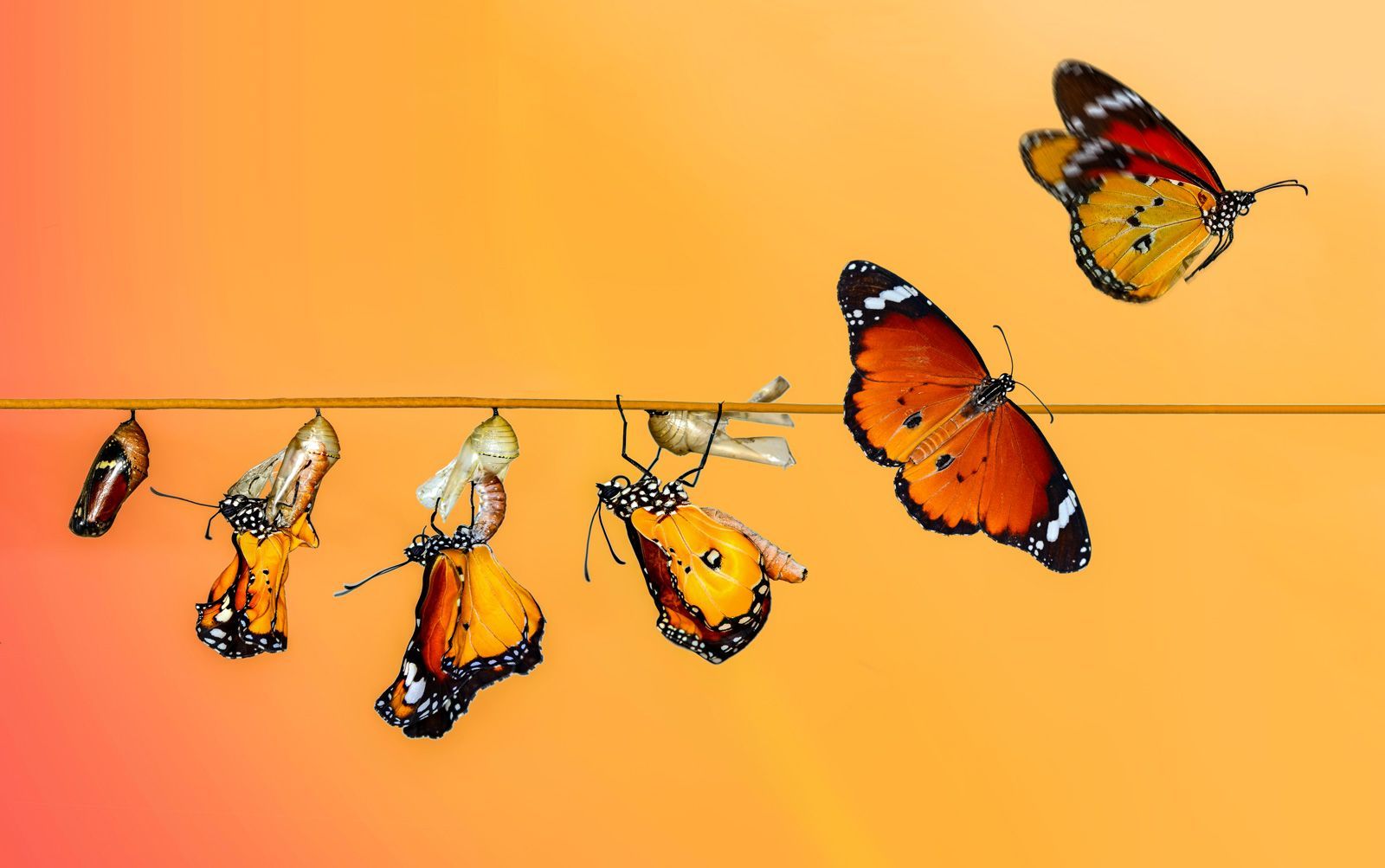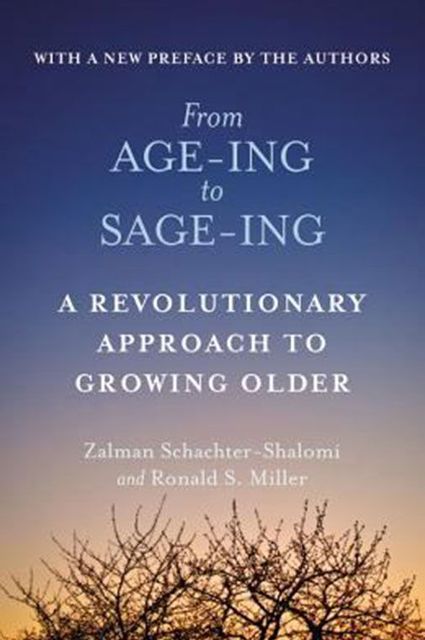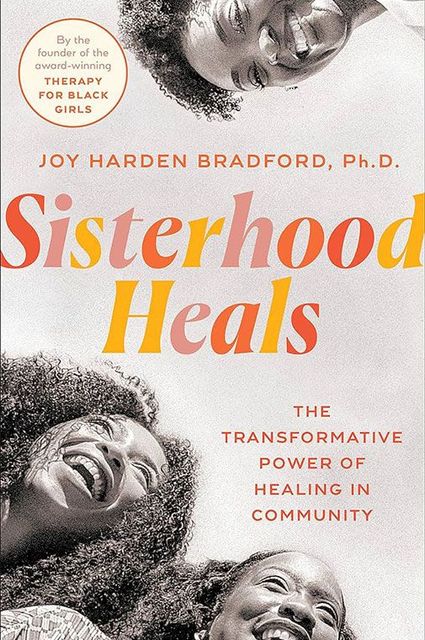Attorney, Mental Health Innovator,
Workplace Disrupter



November 30, 2023
Trigger warning: This article discusses suicide and suicidal thinking. If you are suicidal, call 988; Go to your nearest hospital emergency room; or Text HOME to 741741 for 24/7 crisis support. “I wrestle alone in the dark, in the deep dark. And that only I can know, only I can understand my own condition. You live with the threat, you tell me you live with the threat of my extinction. Leonard, I live with it too. This is my right; it is the right of every human being.” Virginia Woolfe Mrs. Dalloway/The Hours “Come on, come on; I see no changes, wake up in the morning and I ask myself is life worth living, should I blast myself.” Tupac Changes Stephen ‘tWitch’ Boss’ tragic suicide continues to be minutely dissected to determine if there were warning signs that he was suicidal. As with other high profile people who have died by suicide, why looms large. Why would intelligent, accomplished, and seemingly vibrant people end their lives? However, why is not the only question that should be considered. In the aftermath of a completed suicide, family, friends, and others are left wondering how. How did they miss so called red flags or warning signs that suicide was immient? How do we collectively and individually help family members forge a path forward after a loved one dies by suicide? Within hours of Mr. Boss’ death, news stories on red flags or warnings that a person is suicidal proliferated across the airwaves and social media. Though well-intended, these news stories ignore STIGMA, the overarching reason that people with lived experience do not tell anyone that they are suicidal. That same STIGMA is no respecter of persons or geography. It exists regardless of country, gender, religious affiliation, ethnicity, or socioeconomic status. In certain circles, such as the legal profession, the words mental illness, suicide, and suicidal thinking are still too stigmatized to convene candid conversations. I am not a celebrity. I am a high functioning black woman, attorney, mother, and person of faith who has lived with depression for at least 45 years with insidious episodes of suicidal thinking generously peppered throughout. Like many of my peers, I am extremely adept at concealing my depression and suicidal thoughts. Because I keep persisting as a black woman, attorney, and mother, few people, if any, know when I am wrestling with depression and suicidal thoughts alone in a dark place. They also don’t know that there are still mornings when I want to blast myself to bits before getting out of bed. Fortunately these episodes have greatly diminished giving my mind a well deserved rest. I rarely share such intimate details because: 1. I want to protect you. 2. I don’t want you to freak out. 3. You have your own problems.4. I cannot carry your emotional weight, fear, and guilt. 5. I don’t trust you. 6. You judge me and don’t believe that mental illness is a brain disease. 7. You don’t trust me or my ability to manage my mental health. 8. You will call the police or attempt to have me placed on a 72 hour hold.* 9. I can decide if I am a danger to myself or others. 10. I know that my depression and suicidal thoughts make you uncomfortable. Choosing to die by suicide or not is solely my decision. The contradiction is that I really don’t want to end my life. For me suicide and suicidal thinking are about permanently turning off the voice that tempts and dares me to end my life. You may stop me from killing myself. But, the harsh truth is that if I want to die by suicide, I will. So, you may wonder how to help people with lived experience who are struggling with depression, suicide, suicidal thinking or all three. Storytelling is transformative. Tell your story. Pray for guidance, healing, mental clarity, and peace. Join or lead efforts to eliminate the fear, stigma, and shame surrounding mental illness and suicide. When writing about or reporting on mental illness and suicide remember that there may not be signs, red flags, or simple answers. Dive deeper. Don’t be afraid of telling the good, bad, and ugly parts of mental illness and suicide even if the ground shakes beneath your feet. You never know who is watching, reading, or listening. *A 72 hour hold is an involuntary mental health hospitalization imposed when it is determined that a person is a danger to themselves or others. MENTAL HEALTH RESOURCES For non-emergency peer assistance, mental health awareness and education call the NAMI National HelpLine at (800) 950–6264 or text HelpLine to 62640 from 10:00 AM to 10:00PM. or American Society for Suicide Prevention https://www.afsp.org If you are suicidal or in crisis : Call 988 the new Suicide Crisis Lifeline Go to your nearest emergency room or Text HOME to 741741 for 24/7 crisis support. Call the National Suicide Prevention Lifeline at 1–800–273-TALK (8255)
Featured Articles

November 30, 2023
Trigger warning: This article discusses suicide and suicidal thinking. If you are suicidal, call 988; Go to your nearest hospital emergency room; or Text HOME to 741741 for 24/7 crisis support. “I wrestle alone in the dark, in the deep dark. And that only I can know, only I can understand my own condition. You live with the threat, you tell me you live with the threat of my extinction. Leonard, I live with it too. This is my right; it is the right of every human being.” Virginia Woolfe Mrs. Dalloway/The Hours “Come on, come on; I see no changes, wake up in the morning and I ask myself is life worth living, should I blast myself.” Tupac Changes Stephen ‘tWitch’ Boss’ tragic suicide continues to be minutely dissected to determine if there were warning signs that he was suicidal. As with other high profile people who have died by suicide, why looms large. Why would intelligent, accomplished, and seemingly vibrant people end their lives? However, why is not the only question that should be considered. In the aftermath of a completed suicide, family, friends, and others are left wondering how. How did they miss so called red flags or warning signs that suicide was immient? How do we collectively and individually help family members forge a path forward after a loved one dies by suicide? Within hours of Mr. Boss’ death, news stories on red flags or warnings that a person is suicidal proliferated across the airwaves and social media. Though well-intended, these news stories ignore STIGMA, the overarching reason that people with lived experience do not tell anyone that they are suicidal. That same STIGMA is no respecter of persons or geography. It exists regardless of country, gender, religious affiliation, ethnicity, or socioeconomic status. In certain circles, such as the legal profession, the words mental illness, suicide, and suicidal thinking are still too stigmatized to convene candid conversations. I am not a celebrity. I am a high functioning black woman, attorney, mother, and person of faith who has lived with depression for at least 45 years with insidious episodes of suicidal thinking generously peppered throughout. Like many of my peers, I am extremely adept at concealing my depression and suicidal thoughts. Because I keep persisting as a black woman, attorney, and mother, few people, if any, know when I am wrestling with depression and suicidal thoughts alone in a dark place. They also don’t know that there are still mornings when I want to blast myself to bits before getting out of bed. Fortunately these episodes have greatly diminished giving my mind a well deserved rest. I rarely share such intimate details because: 1. I want to protect you. 2. I don’t want you to freak out. 3. You have your own problems.4. I cannot carry your emotional weight, fear, and guilt. 5. I don’t trust you. 6. You judge me and don’t believe that mental illness is a brain disease. 7. You don’t trust me or my ability to manage my mental health. 8. You will call the police or attempt to have me placed on a 72 hour hold.* 9. I can decide if I am a danger to myself or others. 10. I know that my depression and suicidal thoughts make you uncomfortable. Choosing to die by suicide or not is solely my decision. The contradiction is that I really don’t want to end my life. For me suicide and suicidal thinking are about permanently turning off the voice that tempts and dares me to end my life. You may stop me from killing myself. But, the harsh truth is that if I want to die by suicide, I will. So, you may wonder how to help people with lived experience who are struggling with depression, suicide, suicidal thinking or all three. Storytelling is transformative. Tell your story. Pray for guidance, healing, mental clarity, and peace. Join or lead efforts to eliminate the fear, stigma, and shame surrounding mental illness and suicide. When writing about or reporting on mental illness and suicide remember that there may not be signs, red flags, or simple answers. Dive deeper. Don’t be afraid of telling the good, bad, and ugly parts of mental illness and suicide even if the ground shakes beneath your feet. You never know who is watching, reading, or listening. *A 72 hour hold is an involuntary mental health hospitalization imposed when it is determined that a person is a danger to themselves or others. MENTAL HEALTH RESOURCES For non-emergency peer assistance, mental health awareness and education call the NAMI National HelpLine at (800) 950–6264 or text HelpLine to 62640 from 10:00 AM to 10:00PM. or American Society for Suicide Prevention https://www.afsp.org If you are suicidal or in crisis : Call 988 the new Suicide Crisis Lifeline Go to your nearest emergency room or Text HOME to 741741 for 24/7 crisis support. Call the National Suicide Prevention Lifeline at 1–800–273-TALK (8255)

November 29, 2023
I dreaded change. Change is inconvenient, disruptive, and hardwork. It sets me on paths that I do not want to travel. Occasionally, that path includes feeling my way around in the dark. Change forces me to navigate the constantly shifting landscape that often comes with it. In my experience, transformational change happens in life’s hard places. Three of these hard places changed me and shaped my perspective on change itself. I entered the first of the three hard places in February 2006. During that month, I started over with two children, two months of outstanding mortgage payments, an empty refrigerator, and $120.00. My marriage was over and I joined the community of solo mothers raising children alone with little to no support. This was not what I signed up for. I was raised by two parents in a solid middle class suburb. I at tended excellent schools and had other advantages that most children did not. As a solo mom, I felt ill-equipped to support my children and provide what they needed. I was so focused on supporting my children’s adjustment to our new normal, that I did not realize that I was in a hard place. A hard place is also known as a valley or wilderness experience. My personal and spiritual work is usually done in life’s hard places. Experience has taught me that I will not transition out of the hard place/wilderness/valley if I do not learn the lesson or do the work. This hard place revealed that I was deeply depressed for nearly my entire 14 year marriage but did not know it. I have had bouts of depression since I was at least 15 years old. At that time, I did not have the language or understanding to tell my parents how I felt. During my late teens and twenties, my depressive episodes were relatively mild. Without a formal diagnosis I learned what would trigger a depressive episode and how to quickly cycle out of it. However, the depression that I uncovered in 2006 was a raging out of control beast that required ongoing medical treatment and medication. Initially, I denied the ferocity of my depression and would not take my antidepressants as prescribed. The consequences were brutal and exacted an extremely high price. Backed into a corner I had a choice: responsibly manage my mental health or continue down a dangerous and destructive path. My children needed me to be mentally and emotionally healthy. So I chose to prioritize my mental health and have never looked back. Because of my educational and professional credentials, I thought that it would not be difficult to secure a job with a regular paycheck and health insurance. Despite my best efforts, I could not find a job. So I doubled down, expanded my network, and refined my job search. At the end of each successive year, I found myself back where I started the previous January. It took me until January 2013 to realize that I could pause and do the work or spend another year in the wilderness walking around the same circle. On June 12, 2020, I started another journey through another hard place. That evening my father stood up, suddenly collapsed, and then died shortly after he finished eating dinner with my mother. It was the weekend of my parents’ 62nd wedding anniversary. My family is very, very small. At the time, I and other family members were in or en route to Atlanta for my aunt’s funeral. That weekend my assignment was twofold: support my cousin as she buried her last remaining parent and represent my parents who were too elderly to fly or drive 800 plus miles to Atlanta especially in the midst of the COVID19 pandemic. I was in Atlanta and spoke to my father several times that day including shortly before he died. How could my father be alive and then dead only a few hours later. Early the following morning, I called a friend from church to inform her about my father’s death. I told her that I could not stay for my aunt’s funeral and was leaving immediately to be with my mother. My friend said that I couldn’t leave because my assignment was incomplete. She was right. I traveled to Atlanta to support my cousin and stand in for my parents. My brother and other family members left Atlanta and rushed home to be with my mother. So I stayed. Somewhere deep inside myself I found the strength to be fully present for my cousin. My father and aunt died within the first two weeks of June. While my mother is still very much alive, losing two elders in quick succession changed the dynamic of my very small family. With my father’s death we lost our family patriarch and go to person for almost everything. The deaths of my aunt and father accelerated my transition into the role of family elder. My days of only performing tasks assigned by family elders are numbered. As the oldest, I must ensure continuity after my mother transitions. Death and mortality have set me on a well worn path that I do not want to travel. There I will process my own grief, discover who I am without parents, and come to terms with my mortality. Ten years ago I would not have had the perspective and fortitude to follow this path or do the work. I am still on the journey through my latest hard place. A few years ago, I started thinking about winding down my professional working life. I thought that I could finally run away from my young adult children, buy a Vespa scooter, and spend several months in London. Then two years ago this month I hit a detour that set me on yet another path that I do not want to travel. On December 3, 2020, I was diagnosed with COVID19. I was released from quarantine a few days before Christmas and slowly resumed my regular schedule. Then in February 2021, new COVID19 symptoms appeared and old ones rebounded. Eventually I was diagnosed with what is now called Long COVID. More than two years later Long COVID is still widely unknown. It is a group of new or returning COVID19 symptoms that can last months and even years. It can cause multisystem organ damage affecting the heart, kidneys, skin, respiratory system, and brain even in people with no prior history of these conditions. Some people with Long COVID develop extremely serious and life threatening medical conditions. Some experience disruptions in regular bodily functions like the menstrual cycle. My own Long COVID symptoms include cognitive impairment also known as brain fog, extreme fatigue, difficulty breathing, neurologic dysfunction, and inflammation throughout my body. I also suffer from Post-Exertional Malaise also known as PEM. This means that I am easily overexerted. It can take weeks and even months to recover from the slightest overexertion. By August 2021, I was in such ragged shape that I finally agreed to take short term disability leave. After 11 months on short term disability leave, I was forced to acknowledge that I could no longer perform my job duties because of Long COVID. Since I could not return to work full-time, I was involuntarily separated from employment due to disability. At that time, I lost the comprehensive health insurance and other benefits that I desperately needed to cover my medical care. I had to apply for disability and purchase health insurance on the Market Place which severely limits my access to health care providers. My own recovery is slow and often lonely. I have endured painful and frustrating setbacks. There are still a few dark days when it feels like I will not survive. This year I completed my sixth decade around the sun. My future is uncertain. I do not know if or how long I will be able to work. So I have temporarily shelved my plan to buy a Vespa scooter and run away to London. My journey through the hard place called Long COVID has been difficult, overwhelming, and sometimes scary. But I am determined to follow the path that I do not want to follow as it unfolds before me. Do not pity me because I have Long COVID. I am not special. It is just another hard place that has changed my trajectory. We all have hard places. I intend to use my foundational tools to navigate Long COVID. Change is part of life. The following are my foundational tools for navigating change and transitions: Armor. Faith. Fearlessness. Focus. Gratitude. Humility. Mindfulness. Patience. Prayer and Meditation. Readiness. Self care. Self-compassion. *This article was presented at the 2022 ABA 16th Annual Labor and Employment Law Conference

November 28, 2023
As a black woman, attorney, and single mother living with depression, I thought that I had little besides race in common with black men with the same mental illness. Then I saw Fences the movie adapted from the play by August Wilson. In Fences , Troy Maxson is a fifty-three year old black man working as a garbage collector. Troy played baseball in the Negro Leagues and even did a stint in prison. I was immediately drawn to Troy because he wore a “big apple” hat. My father and other black men in and around Troy’s generation wore these hats. Troy represents every black man in America struggling to be respected in the midst of the desolation that comes with living in a country that refuses to see him as human. On the surface, Troy is tough, blunt bordering on harsh, stubborn, and hypocritical. However, to dismiss Troy as one more angry black man who had an extra-marital affair that resulted in a child with a woman who is not his wife misses the source that is, at least in part, driving his behavior. Perhaps it was Denzel Washington’s amazing ability to step into the skin of the character, but as the movie unfolded it became increasingly clear that Troy’s hardness was actually a mask that hid his fragility, pain, and depression. The American Psychiatric Association estimates that between five and ten percent of black men live with depression. This statistic is further compounded by the fact that within the black community depression remains the word that must not be named. Historically black men have not had a safe space to acknowledge their depression and seek the necessary treatment. They birthed other generations of black men who grew up believing that they had to compartmentalize their depression and bury it deep inside. Left untreated, depression grows into an unruly garden filled with weeds and thorns. Some black men use drugs and alcohol to blunt the physical and emotional pain that comes with depression. Others are so weighed down with hopelessness that they see suicide as their only means of escape. This is where my path intersects with black men who live with depression. I have lived with depression for at least thirty-nine of my fifty-four years. Like Troy Maxson, I wore a mask to hide my depression. I did not tell anyone that I was depressed or that my mind lived in that gray space of suicide. As a result, my depression and constant thoughts of suicide became normal. I became expert at navigating my depression and suicidal thoughts along with daily responsibilities. My so-called coping skills worked until February 2006. Eleven years ago, I experienced a major life shift that knocked my mask askew and exposed my depression. With that major life shift came the realization that I had been beyond clinically depressed for at least a decade. My depression was laid bare for everyone including my children to see. I had to find new ways of managing and treating my condition. This started with accepting my need for medication to treat my depression. I formed a “kitchen cabinet” of people who hold me accountable for following my treatment plan so that I am mentally strong enough to resist the voices inside my head constantly telling me to end my life. Eventually, I became strong enough to tell my story about living with depression. Looking through Troy Maxson’s lens, I now realize that for black men their depression is just as painful, isolating, and soul sucking as mine. Like me, black men have attempted suicide or are bombarded daily with suicidal thoughts. The difference is that as a black woman it is more acceptable for me to tell my story out loud. Now when I tell my story, I intend to speak truth to power for those who keep persisting through their depression. At the same time I will stand in the gap for black men like Troy Maxson who cannot talk about their depression and those who see suicide as their only means of escape. So, I leave you with my personal mantra for telling my story about living with depression is #noapology #noretreat #nosurrender




